Facts about Worm Moon: Date, Significance and What it Means?
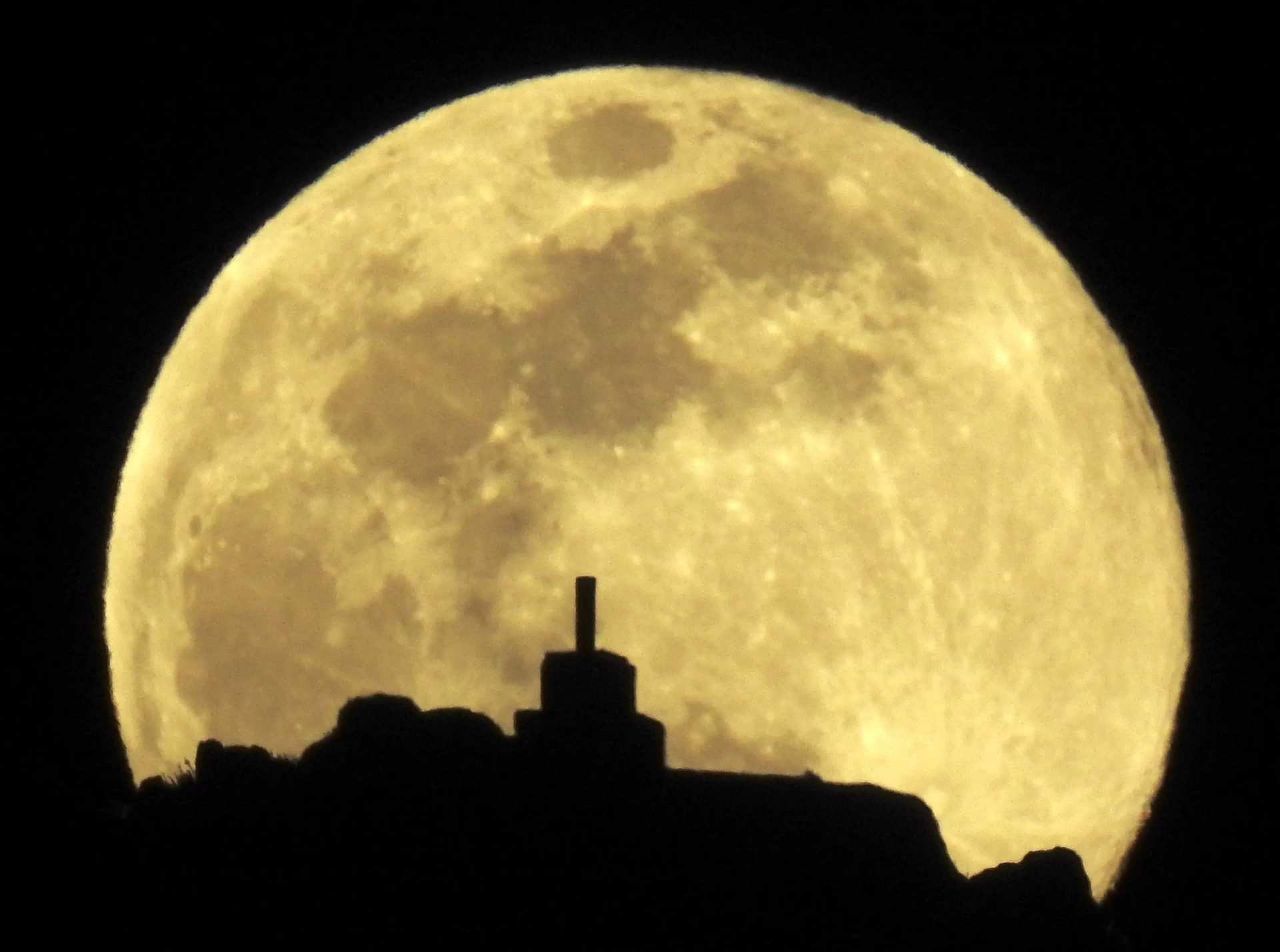 |
| Worm Moon: Date, Significance, and What it Means |
This invites robins and other birds to feed—a true sign of spring! Read the article below for more information on date, significance and the meaning of it. And dont miss this special time of the year.
Worm Moon’s date
March’s full Worm Moon reaches peak illumination at 2:50 P.M. EDT on Sunday, March 28, 2021. Look for the spectacularly bright Moon as it rises above the horizon that evening!
This year, because it is the first full Moon to occur after the spring equinox on March 20, March’s full Moon is the Paschal Full Moon. This means that its date determines the date of Easter (April 4, 2021).
Significance of the Worm Moon
What is the Worm Moon?
A “worm moon” is just one of the many names given to the full moon in March. The name given to the full moons often differs by region and is often known by different names. The full moon in March has also been referred to as the crow moon and/or sap moon (as it is during the maple syrup season).
Why is it called a Worm Moon?
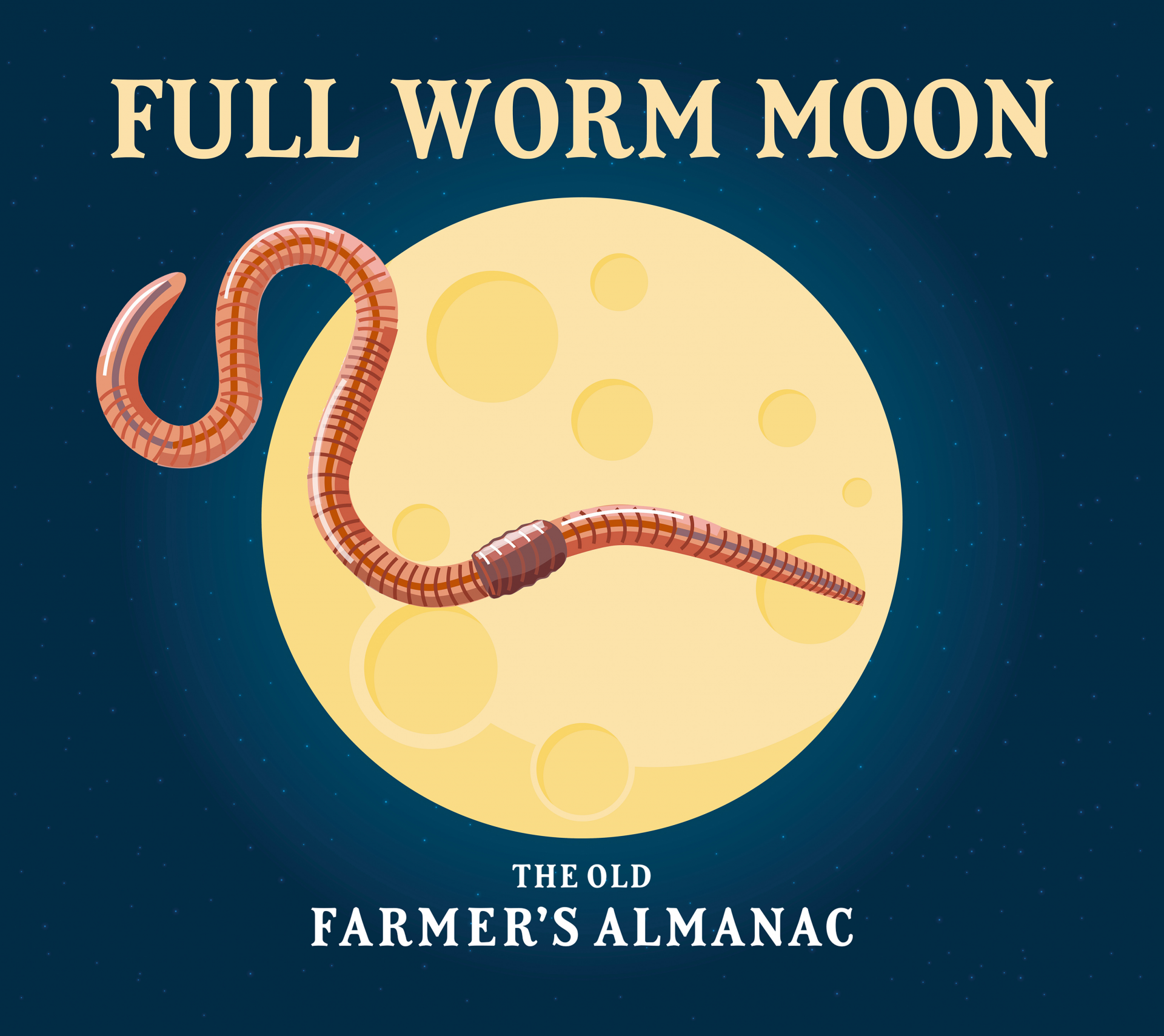 |
| Photo: Farmer's Almanac |
The Worm Moon got its name from the earthworms that emerge at this time of year in the Northern Hemisphere.
In most years, the Worm Moon is the last Full Moon before the March equinox, which can take place on March 19, 20, or 21. In some years, however, when the winter season comprises four Full Moons instead of the usual three, the last Full Moon before the equinox is a Blue Moon and the Worm Moon falls after the equinox.
Full Moon Names
In ancient times, it was common to track the changing seasons by following the lunar month rather than the solar year, which is the basis for the 12 months in our modern calendar.
For millennia, people across Europe, as well as Native American tribes, named the months after features they associated with the Northern Hemisphere seasons, and many of these names are very similar or identical.
Today, we use many of these ancient month names as Full Moon names. A common explanation is that Colonial Americans adopted many of the Native American names and incorporated them into the modern calendar.
However, it seems that it is a combination of Native American, Anglo-Saxon, and Germanic month names which gave birth to the names commonly used for the Full Moon today.
Some years have 13 Full Moons, which makes one of them a Blue Moon, as it doesn't quite fit in with the traditional Full Moon naming system. However, this is not the only definition of a Blue Moon.
There are more around 6,000 earthworm species worldwide. In the US and Canada, there are more than 180 species, and 60 of these are invasive, brought over from Europe, including the night crawler.
The glaciers that spanned across Canada into the northern parts of the US during the last ice age wiped out earthworms. All types of earthworms found in these areas today have been imported, either intentionally by settlers, or accidentally along with plants or in soil used as ballast in ships. In fact, the native forests in these areas do not benefit from earthworms as they eat up the deep layer of slowly decomposing leaves and organic matter covering the soil, known as duff, which is crucial to young trees.
Spring and New BeginningsThe spring equinox has had great cultural significance through the times, and many cultures still celebrate new beginnings, rebirth, purity, cleaning, and chaste or lean living around this time. Another name for the March Full Moon is Lenten Moon. Lenten is derived from Germanic languages and means spring, and has also given name to the Christian Lent period before the Easter celebrations. Another name is Crust Moon, after the crust which forms on top of snow as it melts and refreezes. Chaste Moon refers to the purity of the spring season, while Crow Moon signifies that crows appear at the end of winter. Sap Moon or Sugar Moon mark the time for harvesting maple syrup from maple tree saps. |
What it means?
The worm moon signifies the last moon for the first quarter of the year. This is a transitional period. It’s a period of new beginnings. It’s the first three months of the new year and a time to be clear on your intentions and goals for the year ahead.
It’s during this time we break into spring. What seeds will you plant in the spring and what harvest do you intend on having in autumn? This is the spring of your life - How will you take full advantage of it?
*READ MORE: February Full Moon: 3 Zodiac Signs are affected most, Date&Time
Journaling Your Thoughts
As we navigate through this journey we call life, it’s important to take time for yourself and take a step back to ensure you are on your life path. Journaling is an excellent mechanism for reflection and contemplation.
The full moon repeats every 29.5 days and journaling during the full moon is not only a good life long habit to get into, but the perfect time to take stock of where you are in life, your challenges, concerns, and issues.
Anytime is a good time to journal. However, sometimes may actually be better than others. Getting in touch with ourselves means getting in touch with nature. Nature has its own rhythm and clock. It’s nature’s rhythm and cycles we need to pay attention too.
If you are out of sync with nature, you’ll likely miss many of nature's patterns and cycles that repeat. The full moon offer illumination, both into your life and the world around you.
The Full Moon is a Time for Reflection
Regardless of how busy you think you are, it’s always important to ensure you are (re)aligned with nature. The full moon is a good time for contemplation, reflection and aligning with nature. Journaling during the full moon is a monthly habit that can stay with you a lifetime. It’s a practice that can help you to understand where you are in this season of your life and offers a lasting record of your journey we call life.
The next time you are out at night, look up into the night sky. Look for the moon and remember it is just as much part of us as we are to the nature around us.
*READ MORE: What is Snowmoon: Name Origin, Date, Time and Interesting Myths
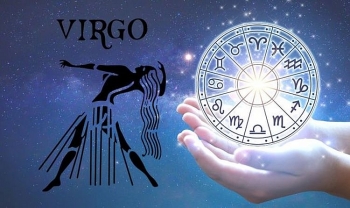 February Full Moon: 3 Zodiac Signs are affected most, Date&Time February Full Moon: 3 Zodiac Signs are affected most, Date&Time What impacts will the last full moon of the winter season have on zodiac signs? Different zodiac signs will be affectedly under the full moon. ... |
 What is Snowmoon: Name Origin, Date, Time and Interesting Myths What is Snowmoon: Name Origin, Date, Time and Interesting Myths It is predicted that there would be a super full moon called "Snowmoon" on Saturday, February 27 2021. Read the article below for more information ... |
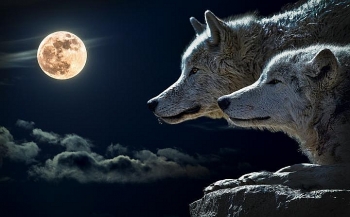 When You can See "Wolf Moon" anh How to Watch - The first full moon of 2021 When You can See "Wolf Moon" anh How to Watch - The first full moon of 2021 When You can See "Wolf Moon" - How to Watch The first full moon of 2021 will light up the night sky on Thursday, ... |
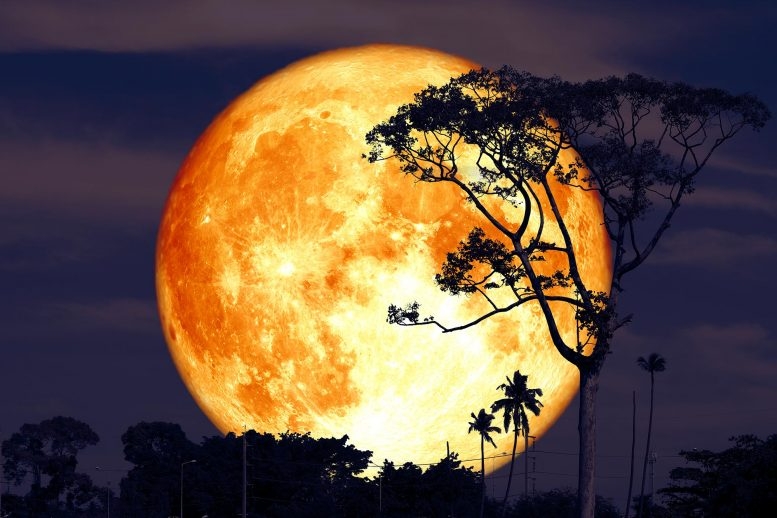 Calendar for Full Moon 2021: Names, Dates and Time Calendar for Full Moon 2021: Names, Dates and Time Watching the Moon by naked-eye with your friends or your family is a brilliant idea in this current situation of COVID-19. It’s a great social ... |
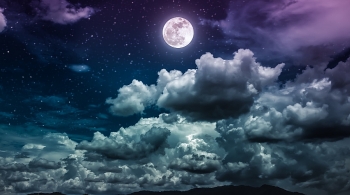 Facts about Cold Moon - Last Full Moon of the Year: Date, Timings, All you need to Know Facts about Cold Moon - Last Full Moon of the Year: Date, Timings, All you need to Know The upcoming lunar event Last Full Moon or also known as the Cold Moon, which is the highest full moon of 2020, last full moon ... |


























